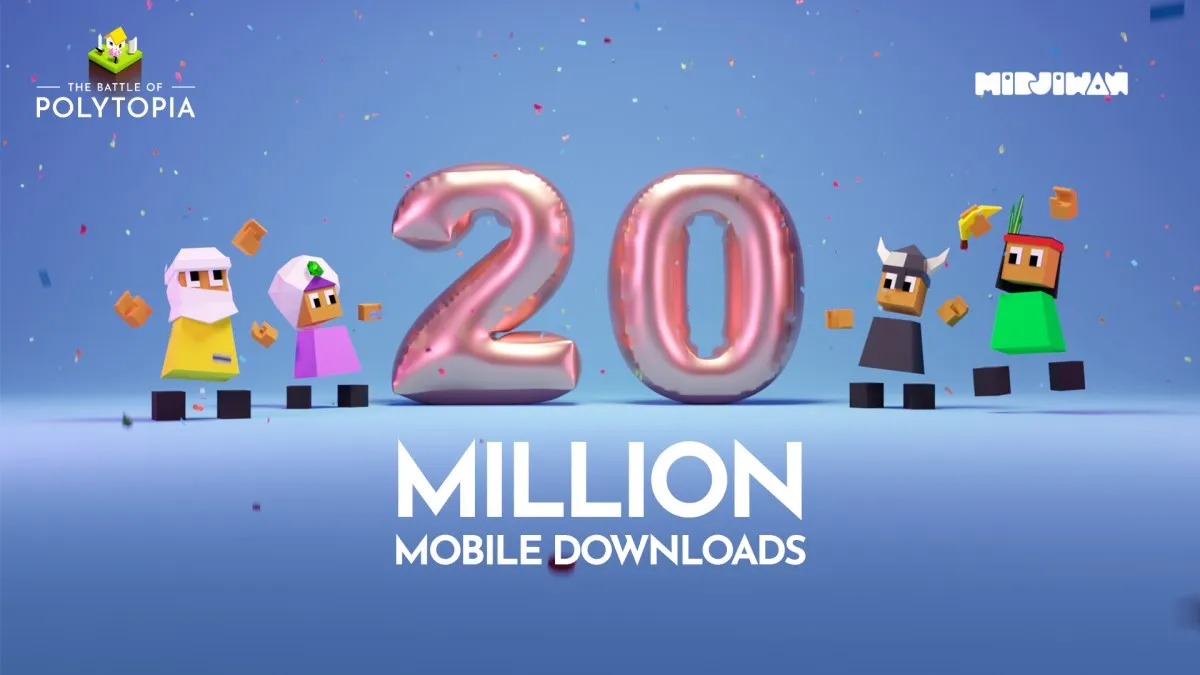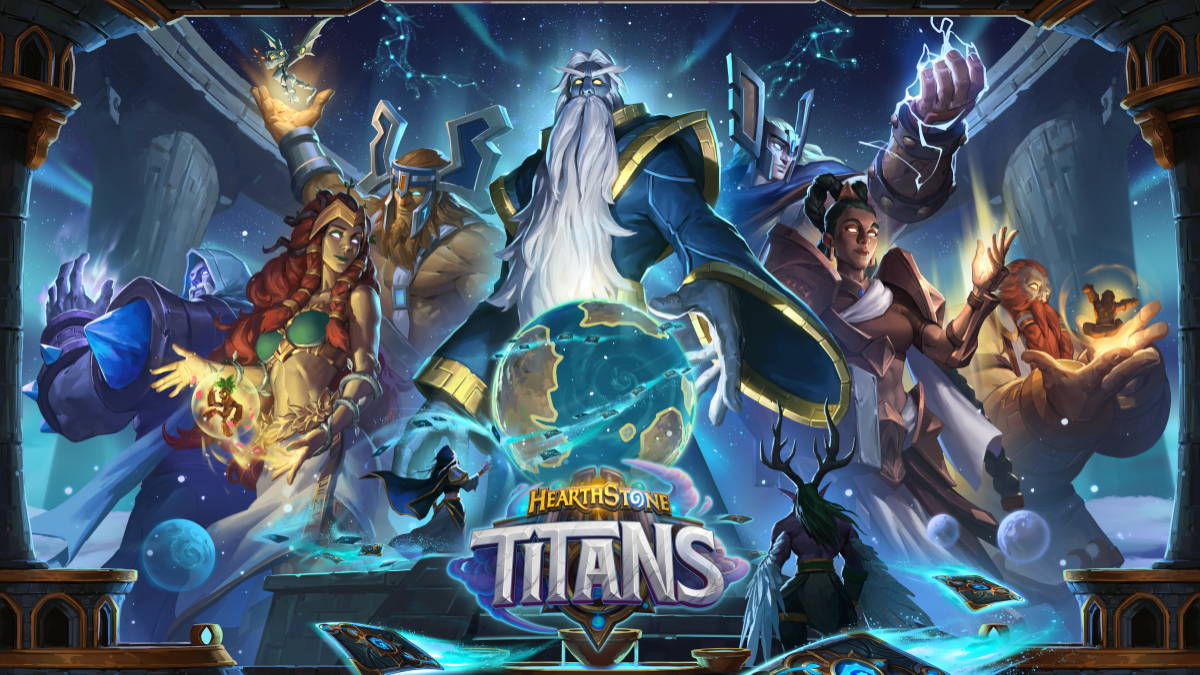ArenaNet recently sat down to talk about the art and animation in the popular action RPG series Guild Wars. With Guild Wars 2 now in development, the team have been keeping rather busy. Answering our questions were ArenaNet’s Heron Prior, Scott Mayhew, Christian Venturini, and Rebecca Coffman.First, could you tell us about the animation team, how is it organised?RC: We are currently a team of six animators. ArenaNet has very little middle management, so everyone needs to be self-managing.Each animator is responsible for their a*ignment, which involves more than animation. It’s very important for each of us to communicate directly with designers, programmers, and other art departments.Could you describe the different steps in animation? Is there any artwork first?HP: Each animator has a different process. Some like to sketch out a series of key poses before they start. Some like to look for video reference to study. Some just like to get up out of their chair and act out the motion. Sometimes it’s a combination of all three.SM: I tend to block in with some pose to pose but end up going with a lot of straight ahead after the timing has been worked out with poses.CV: Sometimes when an animator is experimenting with new animation techniques, or is given an experimental a*ignment, they will do a rough animation pass so that the programmers can hook it up and make sure it functions as desired. Once this test is passed, the animator can then dedicate more time to revising and polishing the animations.Do you use motion capture? If not, why? What do you think of this method of animation?RC: ArenaNet does not use motion capture. Magical creatures and magical behavior are extremely important parts of Guild Wars. Keyframe animation allows us to invent any kind of creature and have it do anything.Motion capture is a process that results in a very specific look & feel. It’s a different style than traditional character animation, and is often an excellent choice (depending on a game’s content).Animation seems to be very dependant of the frame of the character, their “skeleton”. Sometimes, it forbids some sets of animation, like getting a character to sit on a chair. How do you decide complexity of a skeleton? And how do you work on creature’s skeleton that are not at all human?RC: You’re right – it’s usually too difficult to get a character to sit on a chair. But it is possible, in a limited way. For example, if we make a special character skeleton that includes joints for a chair. This was actually done for a cinematic in Guild Wars Factions.For most of our skeletons we look at real world animals as reference, but when we cannot – designing a skeleton is a mix of logic, creativity, and experimentation. After a while, one becomes accustomed to building unusual skeletons.SM: I tend to look at the internal logic of the character – what kind of movement their form suggests. Whether the character has a complex skeleton or not is a direct result of the various parts and what the character needs to do&h**ip;and, as Rebecca said, if part of the Character’s personality is that it sits in a chair, then that consideration is built in when the skeleton is created.How difficult is it to design animations that fit the gameplay? Guild Wars combat is somewhat fast paced, with skills that sometimes take just a second to launch. There must be an idea of what the animation should look like, and the length it has to last?HP: In games, player control is the most important thing, and for an animator starting in the games industry, that’s the most difficult thing to learn. One of the key principals of traditional animation is Anticipation — the long wind-up before a punch or the exaggerated crouch before a big jump that really sells the motion. Unfortunately, in a game, this sort of delay in action bogs things down and irritates the player, so you have to learn other tricks. Ultimately, you have to learn to create a convincing, visually interesting animation within whatever time constraints you’re given. How you work within those constraints is what separates good game animation from bad.SM: Gameplay animation is definitely its own discipline. Although it shares all the same principles with traditional (or film) animation, game animation employs them differently. As Heron mentioned, anticipation is huge, but game animation is so quick and gameplay so integral that you don’t have the opportunity (without making the game lag) to employ it the same way&h**ip;so you do it differently, instead of the character winding up into this big antic pose, you start off in that pose and then let the engine blend into it from the idle. The effect isn’t quite as fluid as film, but at least you have the build up and release.
Recommended Videos
PC Invasion is supported by our audience. When you purchase through links on our site, we may earn a small affiliate commission. Learn more about our Affiliate Policy
Author
Paul Younger
Founder and Editor of PC Invasion. Founder of the world's first gaming cafe and Veteran PC gamer of over 22 years.
We have upgraded our commenting platform! Existing comments will be imported over the next few weeks.






Published: Apr 21, 2008 04:34 pm